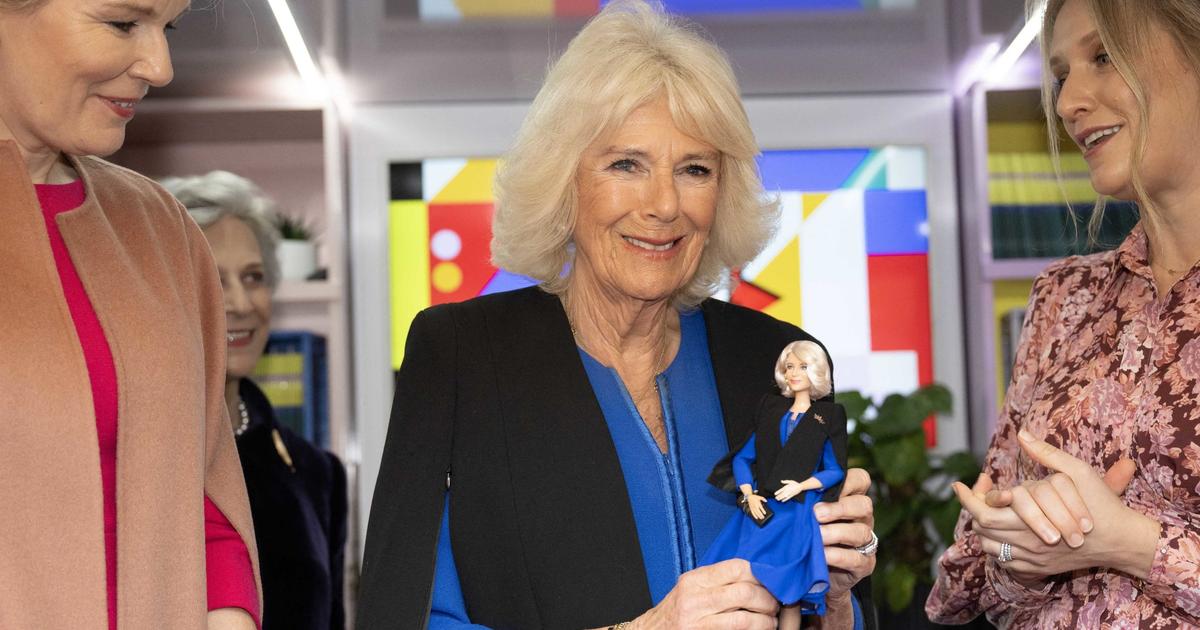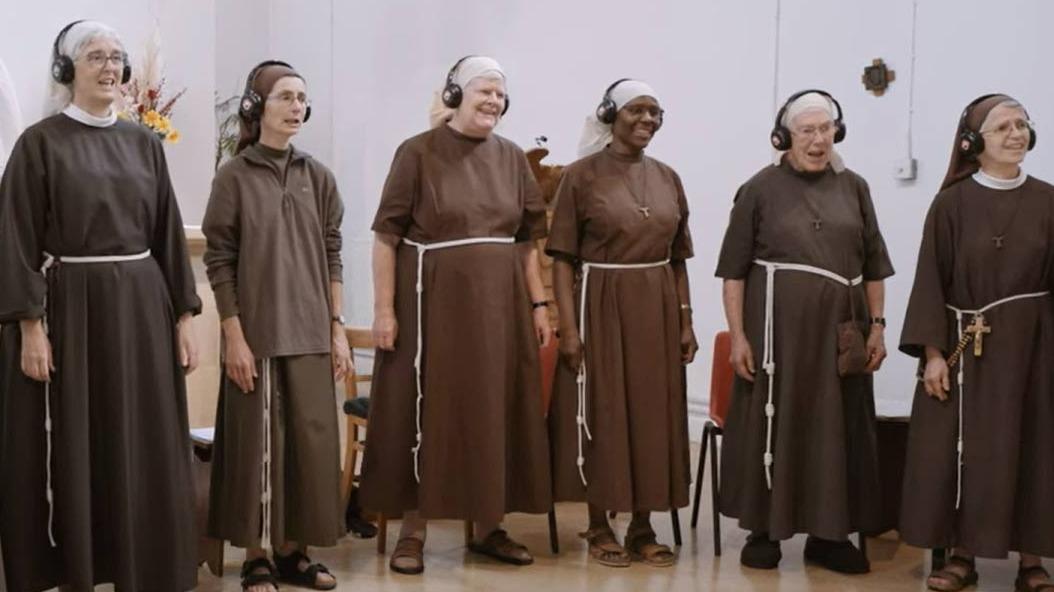Enlarge image
Photo: Ulrich Perrey / dpa
The British chemistry professor Clare Gray actually wanted to become a doctor.
But then she realized that this might not be a good idea for someone like her who "doesn't like talking to people."
So one fateful night, "at 11 p.m.," Gray decided to become a chemist.
And chances are that humanity will one day thank her for it.
The degree of sensuality of Grey's research subject may tend towards zero, but the topic is relevant to almost everyone in everyday life: The researcher deals with batteries and rechargeable batteries, such as those built into cell phones, notebooks or e-vehicles as a power source.
If it achieves its goal, it would make the lives of countless people a lot easier: »I want batteries to be charged faster.
And I want them to last longer, ”says Gray.
Aroused great expectations
She has already made remarkable progress along the way.
For this reason, the Körber Foundation from Hamburg has now awarded her the Körber Prize for European Science 2021.
At one million euros, the honor is one of the most valuable research awards in the world.
At their home campus, the University of Cambridge, too, people are clearly aware of the importance of this award: "To date, six winners of the Körber Prize have later been awarded the Nobel Prize," the university reported on its website.
Who is the woman who has aroused such great expectations?
As is so often the case with ingenious scientists, 56-year-old Gray shies away from the public eye.
In her free time she plays the cello and enjoys hiking.
As a chemist, she followed in her father's footsteps.
He worked for the now broken British company Imperial Chemical Industries, which manufactured food, fragrances and flavorings.
Why do batteries fail?
Her great achievement as a scientist is to have continued at the point at which most people are annoyed - namely when a battery or rechargeable battery has given up the ghost again.
Your basic question is a case for the show with the mouse: What actually happens inside these things and why do they break in the first place?
Gray has found a way to examine the inner workings of lithium-ion batteries without destroying them.
She proceeds in a similar way to doctors who examine their patients with an MRI scanner.
In the Cambridge laboratory, she bombarded the energy carriers with radio waves.
This causes the atomic nuclei to vibrate and an image is created.
The method is called nuclear magnetic resonance spectroscopy (MRS).
Lifetime's greatest enemy
With their help, Gray can see how the atoms are arranged in a battery - and draw conclusions about their condition and environment.
In this way, Gray found out that the atoms are arranged differently in each case and that each rechargeable battery and each battery has its own signature.
The biggest enemy for the life of the batteries are so-called dendrites: hair-thin deposits that arise with every charging process and form and stick to the electrode surface.
If these crystal structures become too large, they can trigger short circuits and ultimately also fires.
"I haven't achieved anything yet"
Clare Gray has not only thoroughly researched the vulnerable lithium-ion batteries, she is also involved in the development of novel lithium-air batteries.
These energy storage devices are not yet ready for the market, but they are a huge promise for the future.
They would provide ten times the energy output of a conventional, vulnerable lithium-ion battery and would have the same energy density as gasoline.
"That would be the breakthrough," says Clare Gray.
But it is still a long time coming and the chemist admits: "I haven't achieved anything yet".
But that is perhaps too much of British understatement for a scientist who went down in history as the youngest director of the Institute of Inorganic Chemistry at Cambridge University.
Perhaps she herself would say that she has made the biggest find so far in private: It was when she discovered a precious 18th century cello in an antiques shop, which was sold for the ridiculous price of 50 British pounds (just under 60 euros). was to have.















